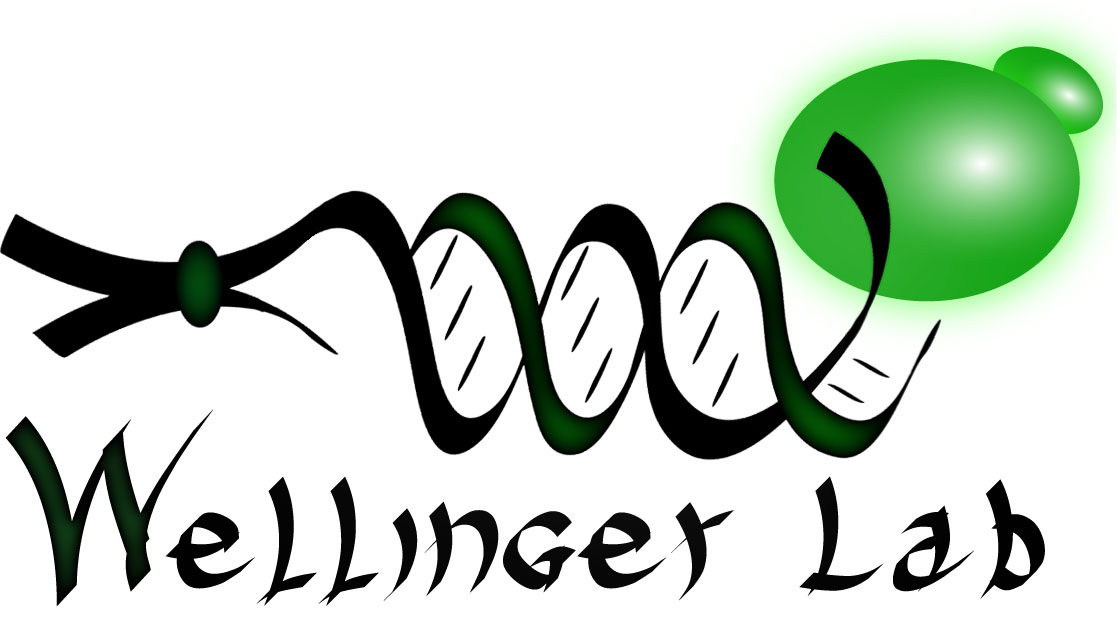Full Professor in the Department of Microbiology and Infectious Diseases
Faculty of Medicine and Health Sciences
Université de Sherbrooke
Raymund.Wellinger@USherbrooke.ca

Education / Training
- 1986-1993: Post Doctoral training in Molecular Genetics and Genome Stability, Fred Hutchinson
Cancer Research Center, Seattle (USA) - 1982-1986: Ph.D. Biology, Université de
Lausanne (Switzerland) - 1978-1982: B.Sc. Biochemistry, ETH Zurich (Switzerland)
Activities and Honors
- Breakthrough of the Year, Quebec Science for paper in Nature (1998)
- Co-Founder, Chief Scientific Officer and Member of the Board, Telogene Inc. (2000-2006)
- Chercheur National FRSQ (2001-2006); Canada Research Chair Telomere Biology (2009-2023)
- Editorial Boards: PloS ONE (2015-); eLIFE (2017-)
- Prix d’Excellence (Prize for Research Excellence, 25k$), CHUS Foundation; Sherbrooke (2011).
- Prix d’Excellence en Recherche et Innovation, (5k$); Université de Sherbrooke (2017).
- 3rd IJMS Award: Outstanding Contribution in Molecular Biology; International Journal of Medical Sciences (2018)
Research Funding
- 2013-2018 : CIHR Operating Grant “Tracking the yeast telomerase RNA” (PI, $151,000/yr x 5 years)
- 2017-2022 : CIHR Operating Grant “The Yeast Telomerase RNP” (PI, $153,000/yr x 5 years)
- 2009-2023 : Research Program support via Tier I Canada Research Chair in Telomere Biology (PI, $200,000/yr)
- 2007-2012 : CFI infrastructure support for scientific equipment (PI, $6,600,000)
- 2006-2011 : CIHR Team Grant “Platform for the study of RNA structure Function and evolution” (co-applicant, $50,000/yr x 5 years)
Research Interests
Research in the Wellinger lab is centered on questions relating to the maintenance of the termini of eukaryotic chromosomes, the telomeres. Telomeres are highly conserved in structure and function amongst many eukaryotes and they are essential for genome stability. For example, in aging humans, telomeres become progressively degraded and the shortened telomeres have been associated with human cellular senescence. On the other hand, in human germinal cells there is a mechanism allowing counteracting these losses. The mechanism is based on the enzyme telomerase which will act and replenish the special telomeric DNA repeats. The telomerase enzyme is composed of several protein subunits plus at least one RNA molecule. Again, in humans, the reactivation of telomerase during cancer development contributes an essential property to cancer cells, namely that of a virtually endless capacity to divide (immortality). Therefore, telomerase remains a preferred target for the development of new anti-cancer treatments.
Major projects in the lab concern the interrelation of conventional replication and cell cycle checkpoints with telomere replication. Moreover, structure analyses of chromosome ends will reveal insights into the molecular mechanisms at hand. Finally, we also are at the forefront of research on structure function analyses of the telomerase RNP.
Virtually all this work uses Saccharomyces cerevisiae as a model system. This organism allows us to combine biochemistry with molecular genetics, genomics with microscopic techniques and we use cell large scale cell culture studies as well as single molecule tracking in vivo. Furthermore, we have developed several new techniques to analyze telomere biology ourselves (see below on most significant contributions).
We collaborate with many groups in Canada and other parts of the world (France, Germany, Israel, Great Britain, Slovakia and the USA). In Sherbrooke, the groups of S. Abou-Elela, B. Chabot and B. Laurent are also interested in questions relating to telomeres. We actively collaborate with clinician-researchers on direct links between telomere biology and human diseases, in particular hematological cancers and acute arthritis syndromes.
Most Significant Scientific Contributions
- 1996: Identification of a new step in telomere replication which is crucial to how the field thinks about telomere maintenance and development of techniques for telomere analysis which are still the gold standard today, reported in Wellinger R.J., Éthier K., Labrecque P. and Zakian V.A. (1996). Evidence for a new step in telomere maintenance. Cell 85, 423-433 (Impact Factor = 32.3; cited >300 times) and in Dionne I. and Wellinger R.J. (1996) Cell cycle regulated generation of single stranded G-rich DNA in the absence of telomerase. Natl. Acad. Sci. USA 93, 13902-13907 (Impact Factor = 12.2; cited >300 times).
- 1998: Identification of integral components of the telomeric capping function. Gravel S., Larrivée M., Labrecque P. and Wellinger R.J. (1998) Yeast Ku as a regulator of chromosomal end-structure. Science 280, 741-744 (Impact Factor = 29.2; cited >400 times). This publication contributed to sparking an intense interest in the field and was the subject of numerous scientific comments and editorials: D.T. Weave (1998) Moonlighting by DNA repair proteins, Current Biology 8:R492; Ku – that’s an interesting protein (1998) editorial in Trends in Genetics 14:350; D. Shor (1998) Telomeres – unsticky ends, Science 18:1818; A. Bertuch and V. Lundblad (1998) Telomeres and double-strand breaks: trying to make ends meet, Trends in Cell Biology 8:339.
- 2000-2006: Establishment of TELOGENE INC., a privately funded biotech start-up company, with my colleague Prof. Benoit Chabot. From 2000-2006, I served as Executive VP Research and Chief Financial Officer. I was responsible for carrying out the company’s research projects and for negotiating IP licensing agreements with our partners and investors. I also served as Telogene’s Chief Scientific Officer and chaired the company’s Scientific Advisory Board. In 2006, GeminX Inc. acquired Telogene and its technology. GeminX continues to develop the technology to this day.
- 2006: We were the first to connect telomere replication to the cell cycle machinery, uncovering an entirely new side to telomere biology, in Vodenicharov M.D. and Wellinger R.J. (2006) DNA-degradation at unprotected telomeres in yeast is regulated by the CDK1 (CDC28/Clb) cell cycle kinase. Molecular Cell 24, 127-137 (Impact Factor = 13.5; cited >100 times). Several editorials were published on this seminal report, including those by Teixeira and Gilson (2006) Mol Cell 24:491; and Ferreira (2007) Nat Cell Biol 9:22.
- 2011: We were the first to track individual telomerase RNPs in living cells in real time, overturning major dogmas in the field whilst reconciling a series of apparently conflicting reports previously published in leading journals such as Science, Nature and Cell. Our breakthrough publication, Gallardo F., Laterreur N., Querido E., Wellinger R.J.* and *P. Chartrand (*Co-PIs) (2011). Live cell imaging of cell cycle dependent telomerase RNA dynamics. Molecular Cell 44(5):819-827 (Impact Factor = 12.5; cited >50 times), was the subject of a commissioned accompanying Preview by Hocine S. and R.H. Singer (2011) Mol Cell 44:685-686. Our report was also the most frequently downloaded Molecular Cell paper from December 2011 to January 2012.
- 2016: We discovered new telomerase components, even though many labs were seeking them for years. This breakthrough links telomerase with other RNPs and reshapes research on telomerase, See: Lemieux B., Laterreur N., Wellinger R.J. (2016). Yeast telomerase shares subunits with ribonucleoproteins RNase P and RNase MRP. Cell 165(5): 1171-1181. (IF 29.0)
